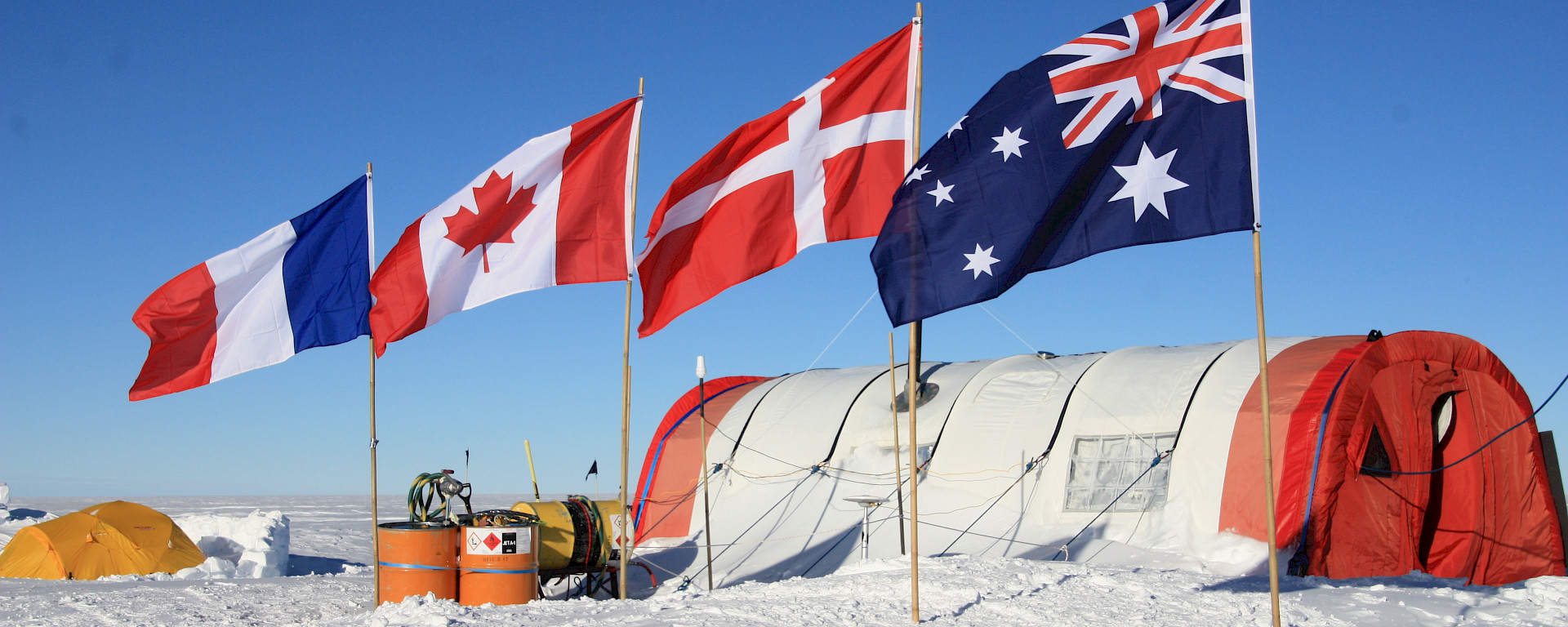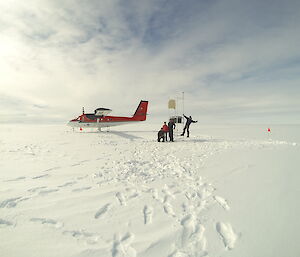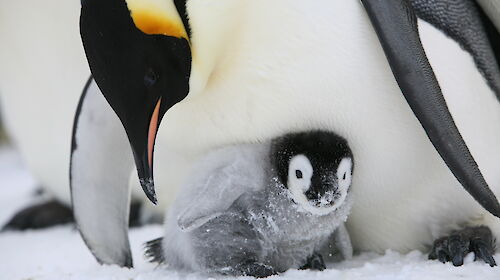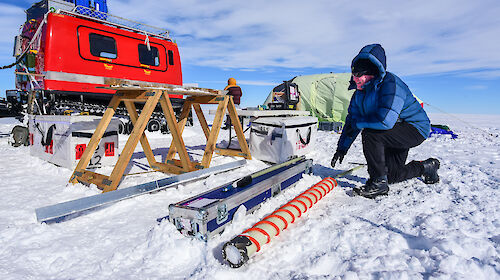Scientists across Australia have outlined the benefits for Antarctic research that could be unlocked by more regular and reliable access to the icy continent, including access during the cold, dark winter months.
The Australian Antarctic Division is progressing a proposal to establish year-round access between Hobart and East Antarctica, subject to environmental and other Government approvals.
In March, the AAD hosted a series of webinar workshops with Australia’s scientific community to discuss the challenges of Antarctic research, and explore how improved logistics can help scientists answer questions of global significance.
An ambitious agenda for future Antarctic research enabled by year-round access was discussed, including:
- Higher resolution models for weather forecasts and climate projections
- More detailed understanding of the southern hemisphere’s climate
- Improved understanding of Antarctica’s contribution to global sea level
- The use of oceanographic sampling devices on seabirds and seals to capture winter oceanographic data
- Monitoring marine resources across all seasons and enhancing sustainable management of fisheries populations including krill - the keystone species of Antarctica.
Scientists also highlighted opportunities for increased innovation, large scale and multidisciplinary campaigns across multiple regions of Antarctica, rapid responses to important observational events, and improved safety and efficiency.
The outcomes of the workshops, attended by 56 Antarctic scientists, are published in the Future Science Opportunities Synthesis Report.
AAD’s Acting Chief Scientist, Dr Dirk Welsford, said it was insightful to hear from a range of Antarctic scientists at different stages of their career.
"We heard how important real-life experience is for scientists, and that there needs to be an emphasis placed on creating opportunities for researchers to spend time in Antarctica early in their careers," Dr Welsford said.
"We also heard that more flexibility for the duration of stays, including shorter and more frequent trips, is preferable to the current scenario where scientists are often away for months at a time."
"Access is currently limited to the summer months via ship or plane, and travel across East Antarctica relies on complex logistics and suitable weather windows aligning which results in a range of challenges when it comes to transporting people and equipment to and from the continent."
If the aerodrome is approved to proceed, it is envisaged there would be three intercontinental flights a month between October and May, and monthly flights in winter. Up to 10 heavy-lift cargo flights would also be undertaken each year.
The aerodrome would enable scientists and their equipment to fly direct from Hobart to Davis research station in six and a half hours.
Helicopters and fixed wing aircraft will provide access to other stations and field sites in East Antarctica.
Antarctic scientists from 20 research institutions including the University of Tasmania, Monash University and agencies such as the AAD, Bureau of Meteorology and Geoscience Australia attended the webinar workshops.
The AAD is using the information to ensure the infrastructure associated with the aerodrome and the development of a new Davis research station will meet the needs of science in 2040 and beyond.
The proposed aerodrome remains subject to environmental assessment. If it is approved to proceed, flights would commence from around 2040.






